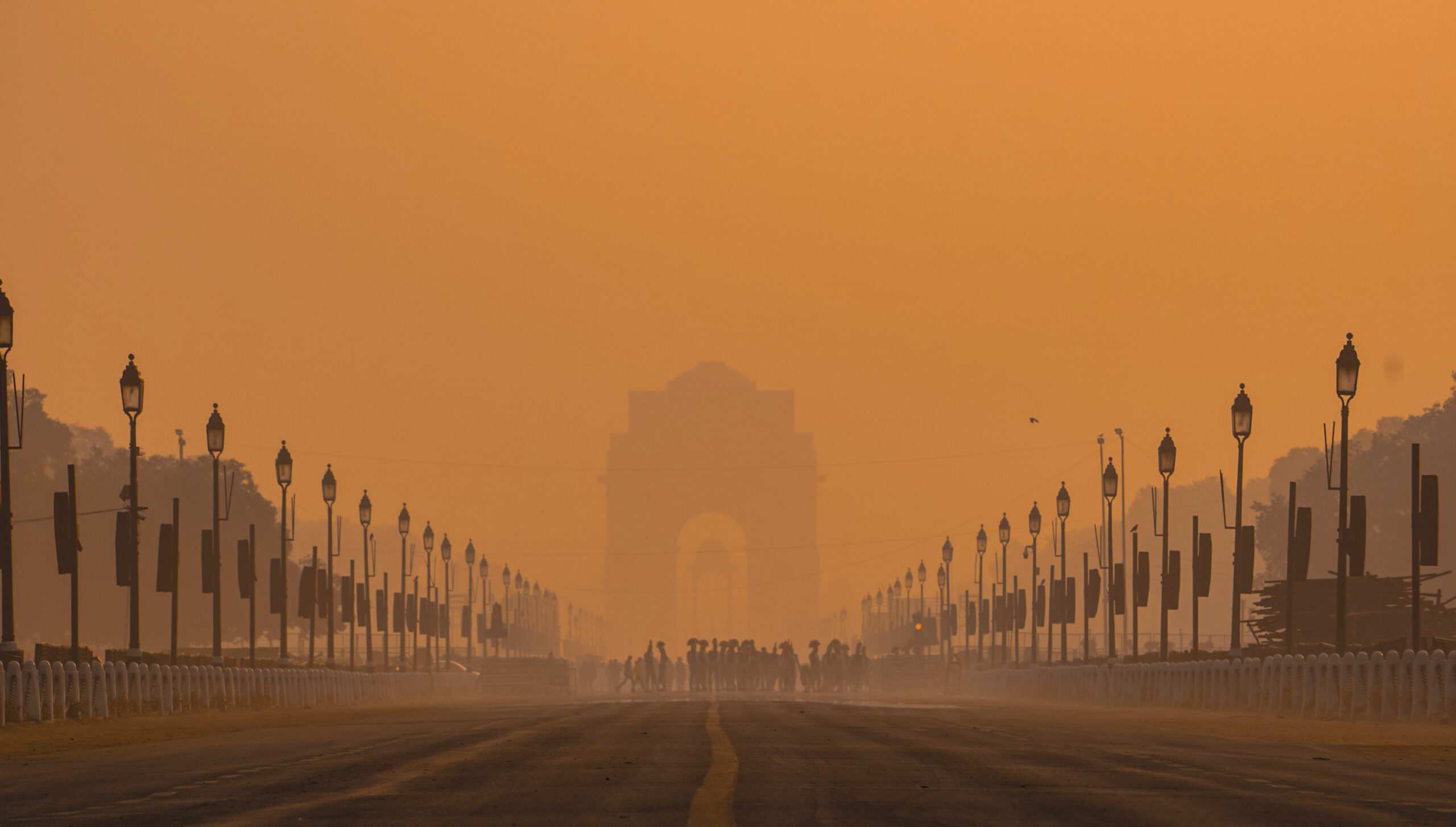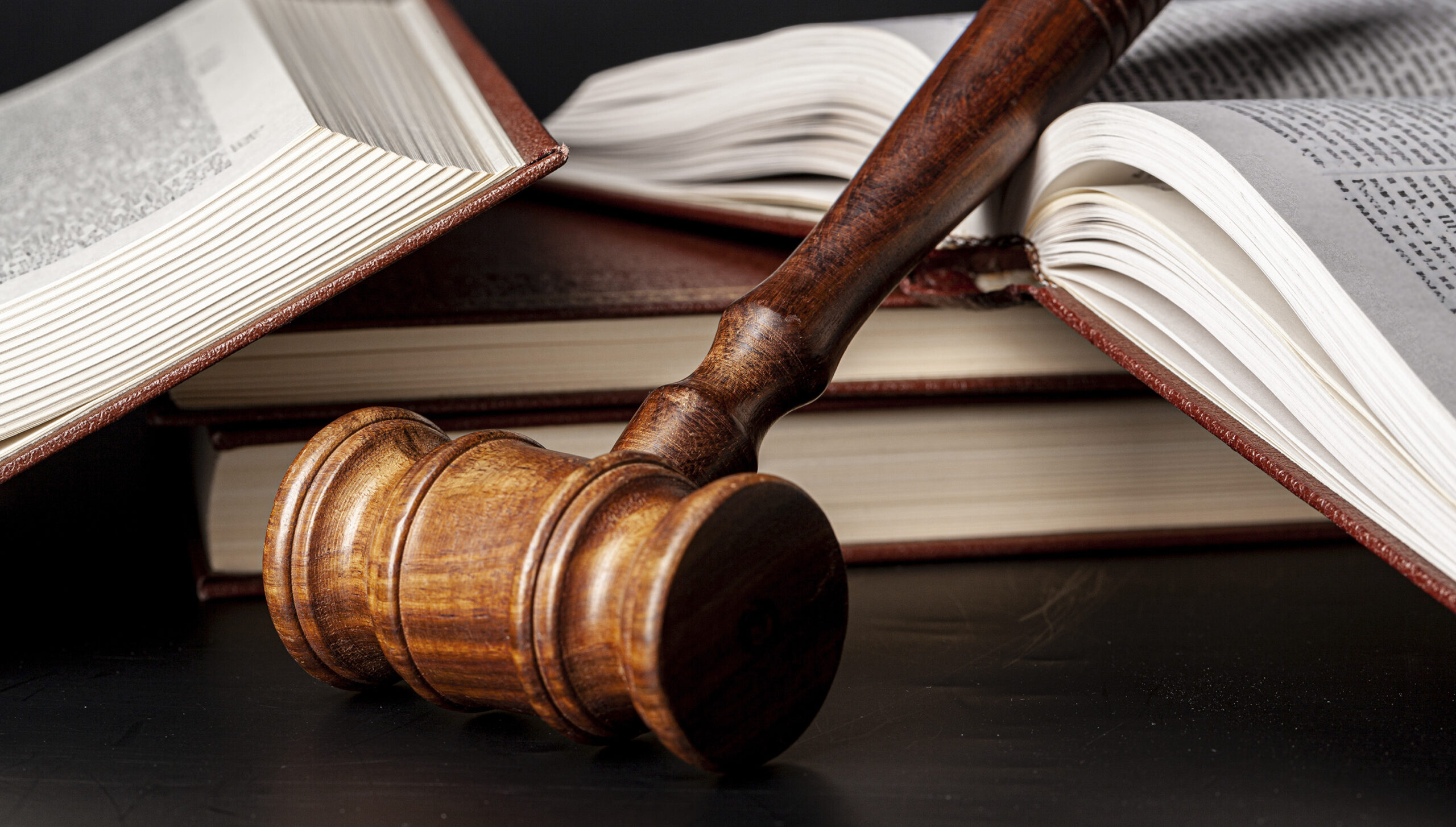The concept of ‘One Nation; One Election’ signifies holding simultaneous elections of ‘Members of Parliament’- (MPs) to the Lok Sabha (Lower House of Union legislature in India) and ‘Members of the Legislative Assembly’ (MLAs) to ‘Vidhan Sabha’ (Lower House of State legislatures in India[1]). In fact, simultaneous elections to Lok Sabha and Vidhan Sabhas of states were held in the post-independence period from 1951-52 to 1967. The cycle was broken thereafter for multitude of legal-political reasons[2].
While the plain meaning of the concept appears to be free from the ambiguity, the methodology which could be adopted for implementing the concept is not free from controversies. The Law Commission of India (Chair: Justice B.S. Chauhan) released its draft report on Simultaneous Elections on August 30, 2018. The report examined legal and constitutional questions related to the conduct of simultaneous elections. Key draft recommendations include[3]:
- Conduct of simultaneous elections: The Commission noted that simultaneous elections cannot be held within the existing framework of the Constitution. Simultaneous elections may be conducted to Lok Sabha and state Legislative Assemblies through appropriate amendments to the Constitution, the Representation of the People Act 1951, and the Rules of Procedure of Lok Sabha and state Assemblies. The Commission also suggested that at least 50% of the states should ratify the constitutional amendments.
- The Commission noted that holding simultaneous elections will: (i) save public money, (ii) reduce burden on the administrative setup and security forces, (iii) ensure timely implementation of government policies, and (iv) ensure that the administrative machinery is engaged in development activities rather than electioneering.
- Framework for synchronisation of elections: The Commission recommended three alternatives to synchronise elections in India.
- Option 1: The Commission recommended advancing or postponing election timings in certain states, such that elections to all state assemblies and Lok Sabha may be held together in 2019. It noted that election of five states (Andhra Pradesh, Arunachal Pradesh, Odisha, Sikkim, and Telangana) are due in 2019 along with Lok Sabha elections. It recommended the following changes to the election timings of other state assemblies:
- Assembly elections due before Lok Sabha elections: For four states (Chhattisgarh, Madhya Pradesh, Mizoram, and Rajasthan) elections are due in end of 2018 and early January, 2019. The term of these assemblies may be extended to synchronise it with Lok Sabha elections, by amending the Constitution.
- Assembly elections due immediately after Lok Sabha elections: If there is political consensus, elections to four assemblies (Haryana, Jharkhand, Maharashtra, and Delhi) can be held with Lok Sabha elections, if the states voluntarily dissolve their assemblies earlier, or by operation of law.
- Assembly elections in remaining states: For the remaining 16 states and Puducherry, elections may be conducted towards the end of 2021. The term of these assemblies will be 30 months or till June 2024, whichever is earlier. This will require a constitutional amendment since the terms of different assemblies will either need to be curtailed or extended.
- Thereafter, elections to Lok Sabha and state assemblies may be held together from 2024.
- Option 2: If assembly elections are held in 2019 and 2021, as described above, then elections will only need to be conducted twice in five years.
- Option 3: If simultaneous elections cannot be conducted, then the Commission recommended that all elections falling due in a calendar year should be conducted together. The timing of such election should be conducive to all state legislatures involved and the Lok Sabha (if dissolved earlier). This option will also require amendments to the Constitution and the Representation of the People Act, 1951.
- No-confidence motion: The Commission noted that a no-confidence motion, if passed, may curtail the term of Lok Sabha/ state assembly. It recommended replacing the ‘no-confidence motion’ with a ‘constructive vote of no-confidence’, through appropriate amendments. In a constructive vote of no confidence, the government may only be removed if there is confidence in an alternate government. It further suggested the option of limiting the number of such motions during the term of the House/ Assembly.
- Hung House/ Assembly: If no party secures a majority to form the government, it may result in a hung House/ Assembly. In order to prevent this, the Commission recommended that the President/ Governor should give an opportunity to the largest party along with their pre or post-poll alliance to form the government. If the government can still not be formed, an all-party meeting may be called to resolve the stalemate. If this fails, mid-term elections may be held. The Commission recommended that appropriate amendments be made to provide that any new Lok Sabha/Assembly formed after mid-term elections, will be constituted only for the remainder of the previous term, and not the entire five years.
- Amendment to anti-defection laws: The Commission recommended that appropriate amendments be made to anti-defection laws to ensure that all disqualification issues (arising from defection) are decided by the presiding officer within six months.
The concept of One Nation One Election is laudable and seems to preferable in principle for a country like India where one fourth of population keeps voting to elect people’s representative in one or other elections[4]. However, we should not be losing sight that we as a nation started with this concept and later discarded for unavoidable reasons.It may be noted that the aforesaid draft proposal by the Law Commission also tells us that is not going to be a straight jacketed formula which could be adopted or enforced with the click of a button. There would be numerous amendments required to be carried out in the Constitution of India plusin Representation of People Act, 1951. Even thereafter, lots of ‘if this-then that’ type of adjustments will be required during the transition period – which itself could last for 5 years to 8-10 years.
[1]In India, the two houses of the union parliament are named as ‘Lok Sabha’ (Lower House; members elected through direct election) and ‘Rajya Sabha’ (Upper House; members elected through indirect election) whereas in the states, the legislature is known as ‘Vidhan Sabha’ and when a state legislature is ‘bicameral’ there too we have an upper house known as ‘Vidhan Parishad’. (Nevertheless, the nomenclature may differ from state to state in view of multilingual states in India.
[2]The cycle was disrupted when Indira Gandhi called an election in 1971, a year earlier than it was due, even as most of the states had their elections in 1972. The Lok Sabha election, which was due in 1976, took place in 1977 because of the Emergency. There were elections to the Lok Sabha in 1980 because the Morarji Desai-led Janata Party government fell in 1979, and Chaudhary Charan Singh, who had subsequently assumed charge as PM, could not prove his government’s majority.In 1989, the VP Singh-led National Front formed the government, but it fell in 1990; Chandra Shekhar, too, had a short-lived tenure as Prime Minister. There were elections in the summer of 1991. Later, there were back-to-back elections in 1998 and 1999. The United Front government of IK Gujral was brought down by the Congress in 1998, and Atal Bihari Vajpayee-led National Democratic Alliance (NDA) formed the government, which lasted just a year as Jayalalithaa’s AIADMK withdrew support. – Excerpts from the Article ‘One Nation, One Election: An idea fated to fail’ by Shri Parsa Venkateshwar Rao Jr, Senior Journalist (the article accessed on 09.09.2023 at https://www.tribuneindia.com/news/comment/one-nation-one-election-an-idea-fated-to-fail-541963.
[3]https://prsindia.org/policy/report-summaries/draft-report-simultaneous-elections (as on 09.09.2023).
[4] According to the 79th report of the department-related Parliamentary Standing Committee on Personnel, Public Grievances, Law and Justice, Rajya Sabha (2015) imposition of a model code of conduct leads to suspension of normal government activities and programs of Central and state government in the state where the election is happening. This leads to policy paralysis and a government deficit.





